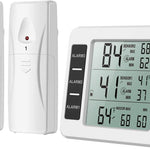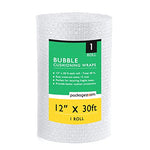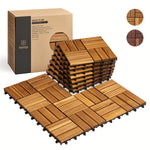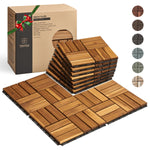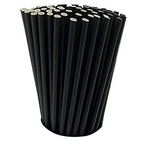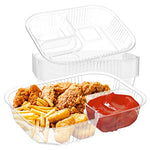You have no items in your shopping cart.
Aluminum foil is a versatile and widely used material in our daily lives. From wrapping food to conducting scientific experiments, aluminum foil finds its applications in various fields. One crucial aspect to consider when using aluminum foil is its thickness, which plays a significant role in determining its effectiveness and purpose.
Thickness Aluminum Foil: What Does it Mean?
When we talk about thickness aluminum foil, we refer to the gauge or thickness of the foil. It is crucial to understand that the thickness of aluminum foil is measured in microns (µm) or mils (thousandths of an inch). The higher the thickness, the more durable and heat-resistant the foil becomes.
Understanding Aluminum Foil Thicknesses: A Practical Guide
Choosing the right thickness aluminum foil for your specific needs is essential. Let's explore the various thicknesses available and their recommended applications:
1. Ultra-Thin Foil (Less than 10 µm)
Ultra-thin aluminum foil, typically measuring less than 10 µm, is perfect for delicate tasks that require exceptional precision. Its ultra-lightweight and malleable nature make it suitable for:
- Wrapping chocolates or candies
- Protecting delicate items during transportation
- Conducting scientific experiments with minimal interference
2. Standard Foil (10-20 µm)
Standard aluminum foil, ranging from 10 to 20 µm, is the go-to option for most household applications. Its versatility and moderate thickness make it ideal for:
- Wrapping food to retain freshness
- Covering baking dishes to prevent spills
- Creating foil packets for grilling or roasting
3. Heavy-Duty Foil (20-30 µm)
Heavy-duty aluminum foil, with a thickness between 20 and 30 µm, offers enhanced durability and heat resistance. This type of foil is commonly used for:
- Grilling or barbecuing large cuts of meat
- Covering dishes for long baking periods
- Insulating food during transportation or storage
4. Extra-Heavy-Duty Foil (30+ µm)
Extra-heavy-duty aluminum foil, exceeding 30 µm in thickness, provides the utmost durability and insulation. It is commonly used for:
- Industrial applications such as HVAC insulation
- Protecting food during extreme temperature conditions
- Lining cooking appliances to prevent stubborn stains
FAQs About Thickness Aluminum Foil
To provide you with a comprehensive understanding of thickness aluminum foil, let's address some frequently asked questions:
1. What is the significance of choosing the right thickness aluminum foil?
Choosing the appropriate thickness aluminum foil ensures optimal performance and prevents unwanted mishaps. Thin foil may tear easily, while thick foil may lead to uneven heat distribution. Therefore, understanding the right thickness for your specific use is crucial for efficient results.
2. Can I use any thickness of aluminum foil for cooking?
While most thicknesses of aluminum foil are safe for cooking purposes, it is recommended to use standard or heavy-duty foil for best results. These thicknesses offer sufficient heat distribution and protection against leaks or spills.
3. Is there a specific thickness for insulation purposes?
Yes, when it comes to insulation, thicker aluminum foil, such as extra-heavy-duty foil, provides better insulation against temperature changes. This is especially important when transporting or storing food items that require precise temperature control.
4. Are all aluminum foils recyclable?
Yes, aluminum foil is recyclable and can be recycled multiple times without losing its quality. However, it is crucial to clean the foil of any food residue before recycling to avoid contamination.
5. Can I use ultra-thin aluminum foil for grilling?
Ultra-thin aluminum foil is not recommended for grilling due to its low heat resistance and increased risk of tearing. It is better suited for delicate tasks that do not involve direct heat exposure.
6. How can I measure the thickness of aluminum foil at home?
Measuring the thickness of aluminum foil at home can be challenging without specialized equipment. However, you can estimate the thickness by comparing it to known reference points, such as a standard coin or ruler.
Conclusion
In conclusion, thickness aluminum foil plays a vital role in determining its strength, durability, and suitability for specific applications. Whether you're wrapping food, insulating, or conducting scientific experiments, choosing the right thickness is essential for optimal results. By understanding the various thicknesses available and their recommended uses, you can make informed decisions and achieve the desired outcomes in your everyday tasks.
Remember, thickness aluminum foil is a versatile and reliable material that simplifies our lives in numerous ways. So, next time you reach for that roll of aluminum foil, consider the thickness that suits your needs and make the most of this incredible resource!


